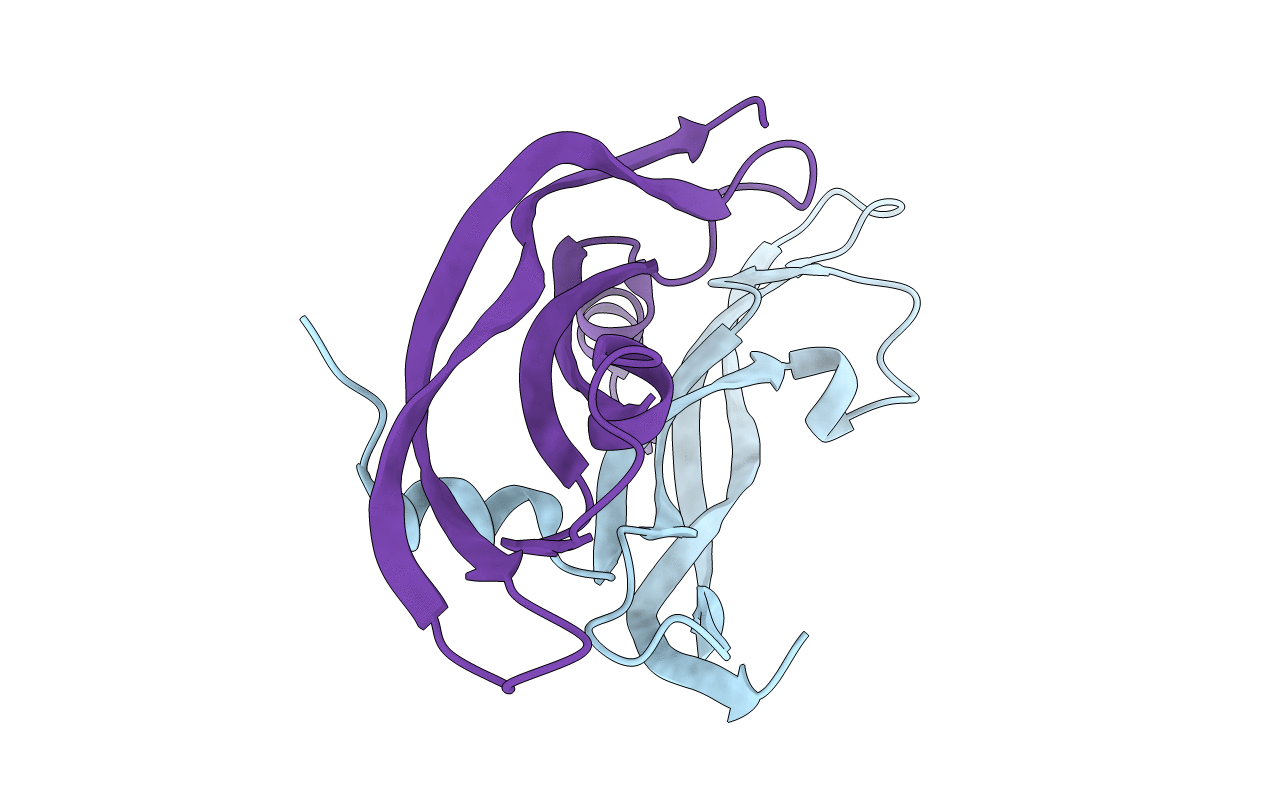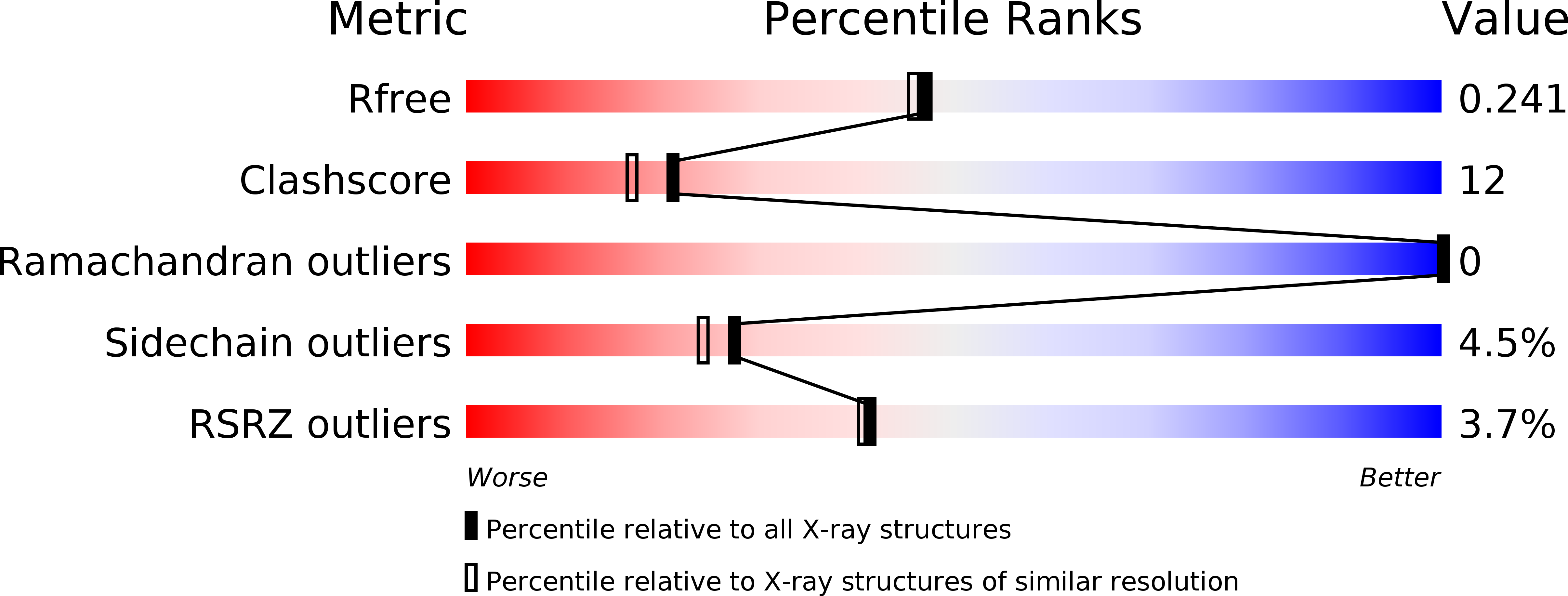
Deposition Date
2004-09-24
Release Date
2004-12-07
Last Version Date
2024-10-23
Method Details:
Experimental Method:
Resolution:
2.00 Å
R-Value Free:
0.25
R-Value Work:
0.20
R-Value Observed:
0.20
Space Group:
P 21 21 2


